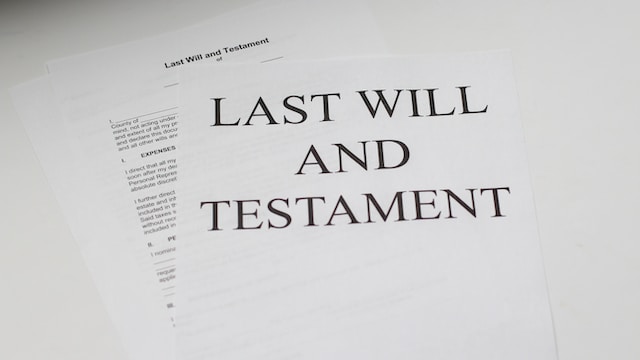Creating a last will and testament is a crucial step in planning for the future and ensuring that your assets are distributed according to your wishes after you pass away. While it is possible to create a last will yourself, there are several important factors to consider to ensure that your will is legally binding and accurately reflects your intentions. Below are 10 tips to guide you through the process of creating a DIY last will.
1. Understand Your State’s Laws
Each state has its own laws and requirements for creating a valid last will. Familiarize yourself with the laws in your state to ensure that your will meets all legal requirements.
2. Clearly Identify Yourself and Your Intentions
Begin your will by clearly stating your full legal name, date of birth, and address. Make it explicit that the document is your last will and testament, and you are of sound mind and not under any undue influence.
3. List Your Assets and Debts
Make a comprehensive list of all your assets, including real estate, bank accounts, investments, and personal property. Similarly, list any outstanding debts and liabilities.
4. Designate Beneficiaries
Clearly designate the beneficiaries for each of your assets. Be specific and use full legal names to avoid any potential confusion.
5. Appoint an Executor
Choose a trusted individual to serve as the executor of your will. This person will be responsible for carrying out your wishes as outlined in the will.
6. Name a Guardian for Minor Children
If you have minor children, it is crucial to appoint a guardian to care for them in the event of your death. Discuss this responsibility with the chosen guardian beforehand to ensure they are willing and able to take on the role.
7. Be Specific and Clear
Use clear and concise language throughout your will to prevent any misunderstandings or misinterpretations.
8. Sign and Date the Will
For a will to be valid, it must be signed and dated by you in the presence of two disinterested witnesses (individuals who are not beneficiaries in the will). Ensure that the witnesses also sign the will.
9. Store the Will Safely
Once completed, store your will in a safe and secure location. Inform your executor and a trusted family member or friend of the will’s location.
10. Review and Update Regularly
Review your will regularly, especially after significant life events such as marriage, divorce, the birth of a child, or the acquisition of substantial assets. Update the will as necessary to reflect your current wishes and circumstances.
Conclusion
Creating a last will yourself is possible, but it requires careful attention to detail and a thorough understanding of your state’s laws. By following these tips and seeking legal advice if needed, you can ensure that your will is valid, clear, and accurately represents your final wishes. Remember that a well-prepared last will is an invaluable tool for protecting your loved ones and ensuring that your legacy is preserved according to your intentions.


